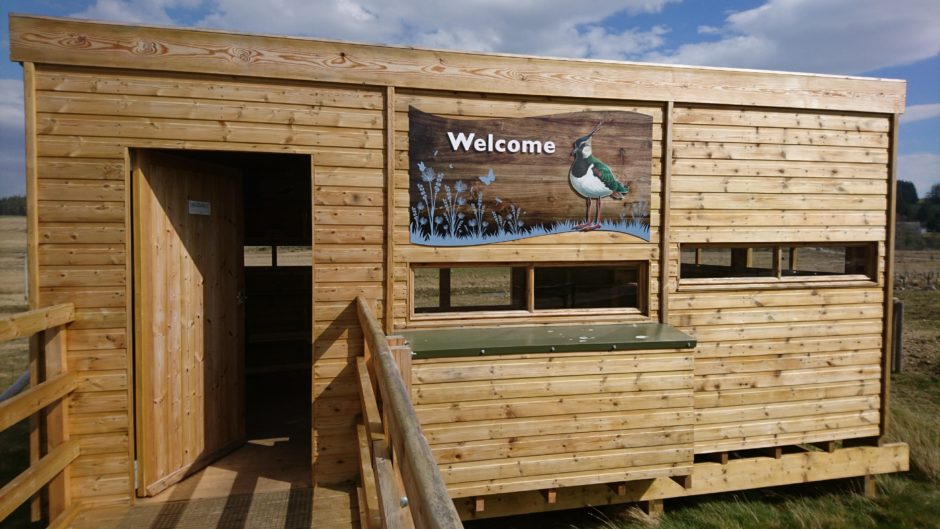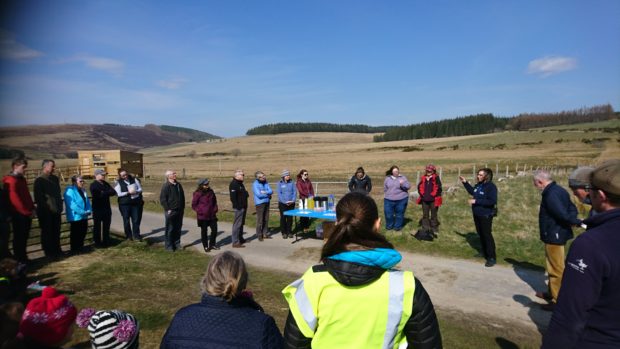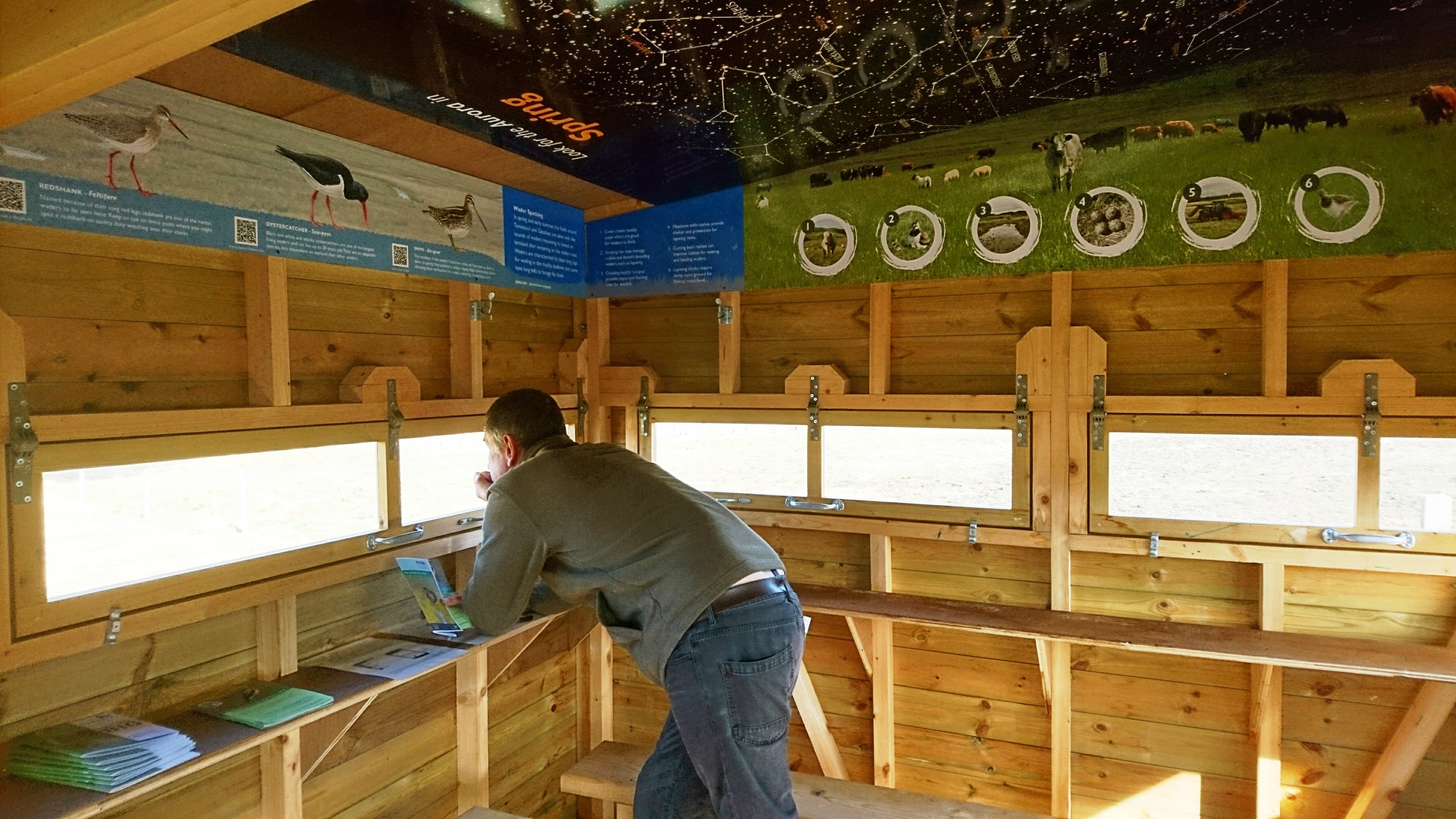A bird hide has been opened in the Cairngorms as part of a project to protect habitats for wading birds which are in decline across the country.
New displays and signs have been put up at the hut on the edge of Tomintoul to help visitors spot curlews, oyster-catchers and other species.
The area surrounding the village and Glenlivet is known to be a particular stronghold for lapwing, known locally as peesies, despite their numbers and habitats being threatened across the UK.
>> Keep up to date with the latest news with The P&J newsletter
About 300 pairs of waders are believed to have set up home in the south of Moray making it one of the highest populations in the north of Scotland.
RSPB Scotland has been working with farmers on Glenlivet Estate by providing specialist tools to protect the bird habitats while cultivating their land.

Shallow muddy scrapes have also been created to provide feeding sites for the waders and their chicks during the breeding season.
The initiative, which has been christened the Peesie Project, has been funded by the Tomintoul and Glenlivet Landscape Partnership (TGLP), which received £3.6million from the Heritage Lottery Fund to run projects in the area.
Polly Freeman, TGLP’s land management officer, said: “The bird hide provides a fantastic opportunity to view these birds close up when they return in the spring time for nesting and breeding, but it’s also a chance to view other wildlife and find out about other natural and historical interest at other times of the year.”
Karen Cunningham, conservation officer for RSPB Scotland, added: “Tomintoul and Glenlivet are one of the few remaining hotspots for breeding farmland waders in mainland Scotland.
“The farmland in this area is home to some of the highest densities of lapwing and curlew, both species suffering huge declines across the UK.”
The latest survey of eight farms surrounding Tomintoul and Glenlivet found that 182 pairs of lapwings, 67 pairs of oyster-catchers and 26 pairs of curlews were near the villages.
Mark Ranner, a member Tomintoul and Glenlivet Wildlife Group added: “We are very proud to have this lovely hide to use for our events, and hope the community and visitors will record sightings on the blackboard.”
The hide has been opened opposite the junction of the A939 Cock Bridge road and B9008 Ballindalloch road.

